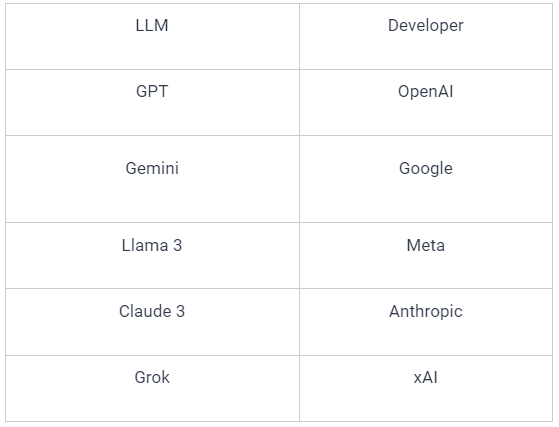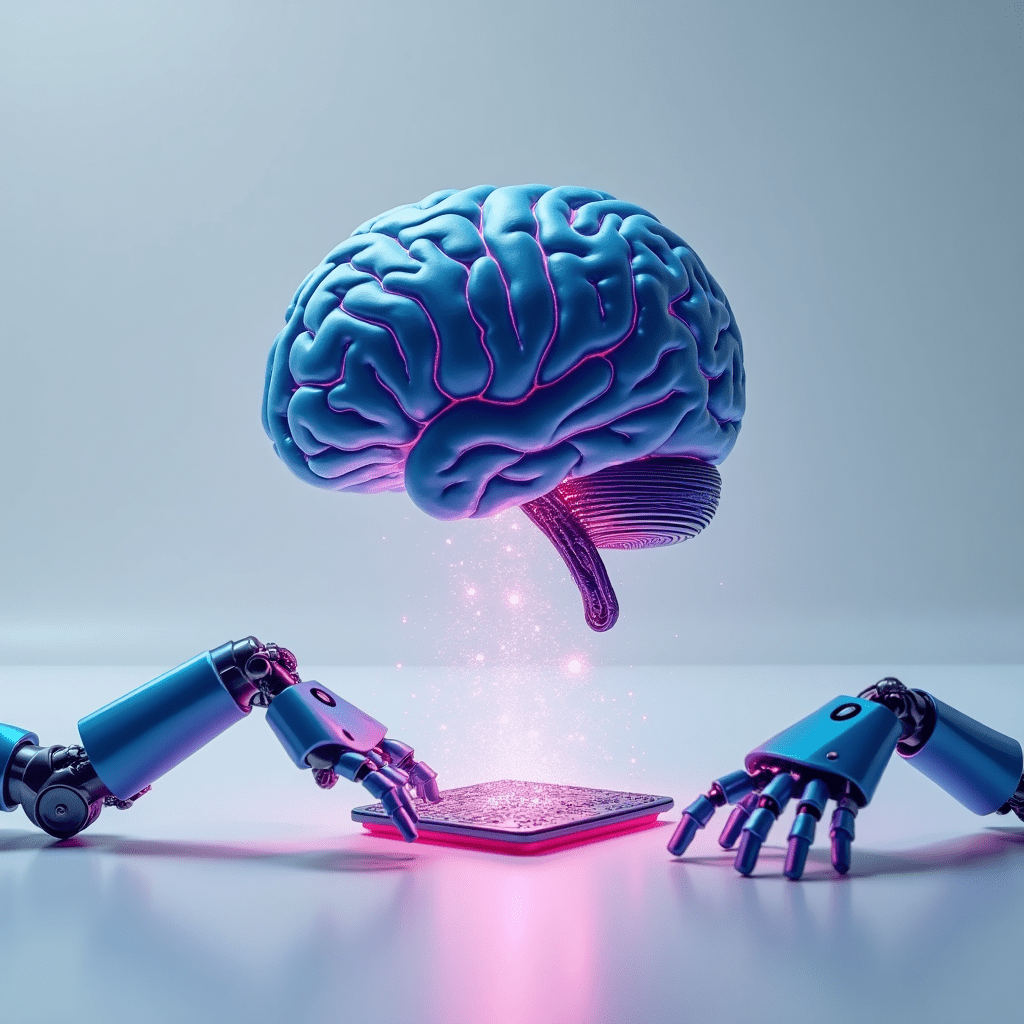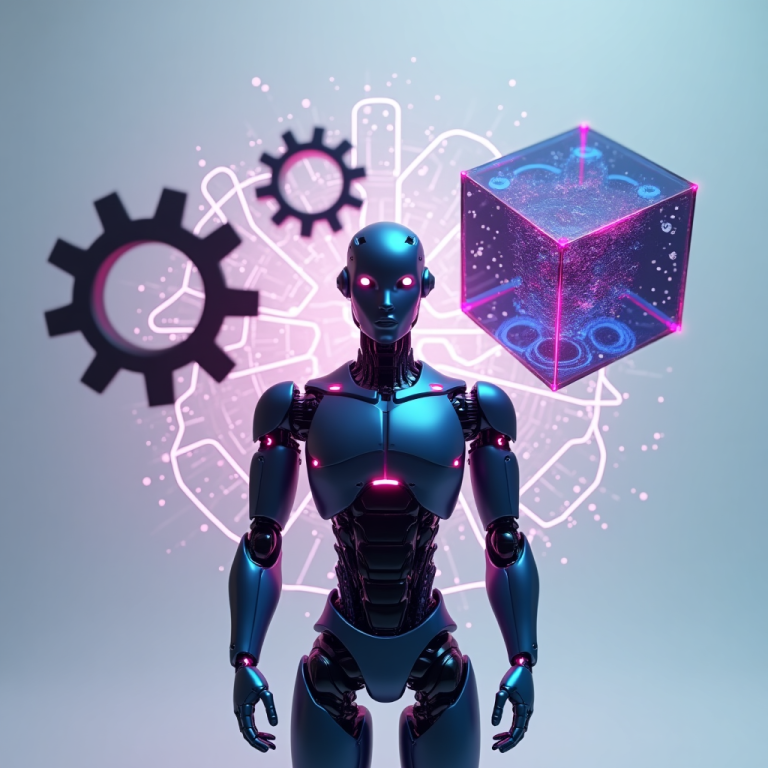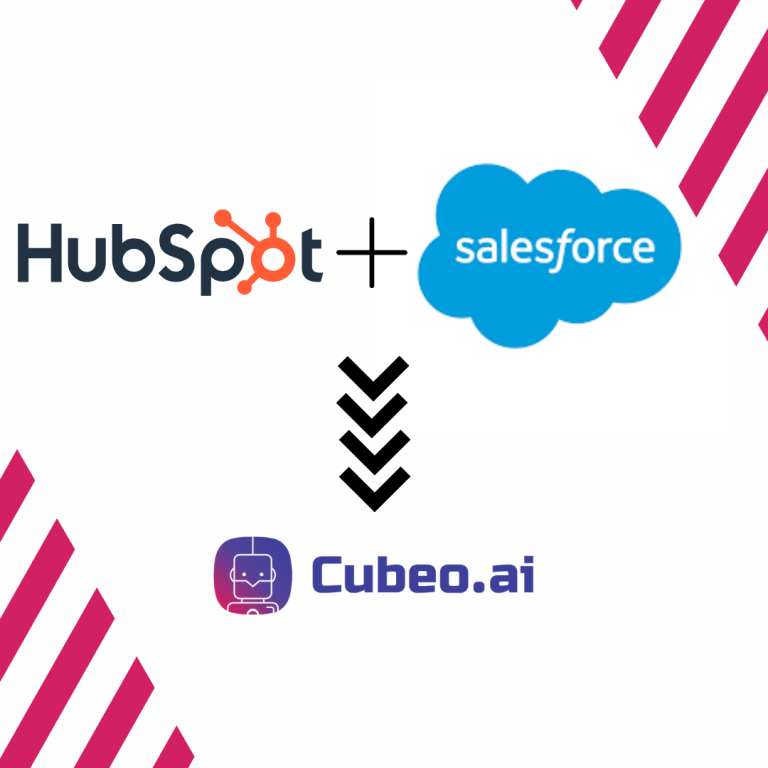Generative AI is rapidly transforming the landscape of technology and business. Emerging into the mainstream in late 2022, this form of artificial intelligence captured the attention of both individuals and enterprises, sparking a wave of curiosity about its capabilities and implications. Notably, tools like ChatGPT, launched by OpenAI, took the world by storm in 2022, showcasing the potential of AI to engage in human-like conversations and generate diverse content.
Table Of Contents
What exactly is Generative AI?
At its core, generative AI is a type of technology that uses existing data to create entirely new content—whether that be text, images, music, or even code—based on human prompts. Unlike traditional AI models, which primarily classify or predict based on the data they process, generative AI generates original content that exhibits a sophisticated understanding of language and context.
As AI technology continues to evolve, generative AI has started to display an impressive ability to create content autonomously, resembling the creativity and understanding typically associated with human intelligence. However, the quality of the generated content is highly dependent on the accuracy and diversity of the data it is trained on. As many AI ethics experts emphasize, “AI is only as good as the data you give it, and you have to ensure that the datasets are representative.”
When interacting with large language models (LLMs) like ChatGPT, it’s essential to provide clear and specific prompts to guide the AI in generating accurate and relevant responses.
How Does Generative AI Work?
Generative AI operates using several advanced techniques, with one of the most popular being large-language models (LLMs). These models are pre-trained on vast amounts of text data and can generate new content based on text prompts. This technology has empowered users to create everything from business proposals and resumes to digital art and complex code. Yet, the potential of generative AI extends far beyond these applications.
For instance, OpenAI’s GPT-4 has been widely adopted in various industries for content creation, customer service automation, and even creative writing. It can produce human-like text that ranges from news articles to poetry, demonstrating the broad applicability of generative AI in everyday tasks.
Generative AI typically leverages deep learning models such as Generative Adversarial Networks (GANs) or transformers. GANs consist of two neural networks—a generator and a discriminator—that work in tandem to create and evaluate content. Transformers, on the other hand, excel in processing sequential data, making them ideal for generating or translating text.
While GANs and transformers are the most commonly used models, other techniques like variational autoencoders (VAEs) and neural radiance fields (NeRFs) also play a role in generative AI, particularly in creating images and three-dimensional objects.
Popular Large Language Models

Generative AI Use Cases for the Enterprise
Generative AI is poised to revolutionize various aspects of enterprise operations, much like smartphones transformed business communication and productivity. Here are some of the key areas where generative AI is making a significant impact:
- Content Creation and Marketing: Generative AI is being used to automate the creation of marketing materials, including personalized content, product descriptions, and ad campaigns. This technology enables businesses to scale content production while maintaining quality, allowing for hyper-personalized communication with customers across multiple channels.
- Sales and Marketing: In addition to content creation, generative AI is transforming sales strategies by enabling hyper-personalized outreach to both potential and existing customers. This includes the automation of email campaigns, social media interactions, and even SMS marketing. Generative AI can analyze customer behavior and preferences, allowing sales teams to tailor their approaches and improve engagement. Marketing departments are using AI to dynamically target and segment audiences, identify high-quality leads, and craft content that resonates deeply with their audience, driving more effective and efficient campaigns.
- Code Generation and Software Development: Developers are leveraging generative AI to automate coding tasks, identify and fix bugs, and generate documentation. This not only speeds up the development process but also improves code quality and consistency.
- Product Design and Development: Generative AI is helping product designers optimize design concepts, evaluate structural integrity, and create innovative products that meet customer needs. By integrating AI throughout the product development cycle, companies can reduce costs and accelerate time-to-market.
- Customer Support and Service: AI-powered chatbots and virtual assistants are enhancing customer service by providing accurate, context-aware responses around the clock. These tools are becoming increasingly sophisticated, enabling more natural and human-like interactions that improve customer satisfaction.
- Project Management and Operations: Generative AI tools are supporting project managers by automating task generation, forecasting timelines, and summarizing key documents. This allows managers to focus on strategic decision-making rather than getting bogged down in administrative tasks.
- Graphic Design and Video Production: Generative AI is transforming the creative process by enabling the rapid creation of images, animations, and videos. Businesses are using these tools to produce professional-quality content without the need for extensive resources or expertise.
- Fraud Detection and Risk Management: In industries like finance and insurance, generative AI is being used to analyze large datasets, detect anomalies, and generate risk reports. This helps organizations manage risks more effectively while streamlining operations.
The Pros and Cons of Generative AI
Like any transformative technology, generative AI comes with its set of advantages and challenges. Understanding both is crucial for effectively leveraging this technology in business and beyond.
Pros:
- Creativity and Innovation: Generative AI can produce original content, fostering creativity in areas like art, music, and writing. It enables users to generate novel ideas, designs, and solutions that might not have been conceived by human minds alone.
- Efficiency and Productivity: By automating content creation, generative AI can save time and resources. For example, it can draft emails, create marketing copy, and even generate code, freeing up human workers to focus on more complex tasks.
- Personalization: Generative AI allows for highly personalized experiences by tailoring content to individual users’ preferences and needs. This is particularly valuable in customer service, marketing, and sales.
- Scalability: The technology can operate at a scale that would be impossible for humans alone. Businesses can generate content, analyze data, and optimize processes across vast datasets in real-time.
- Cost-Effectiveness: Over time, generative AI can reduce costs by automating routine tasks, decreasing the need for manual labor, and increasing operational efficiency.
Cons:
- Quality Control: While generative AI can produce impressive outputs, the quality is often inconsistent. The content generated might require human oversight and editing to ensure it meets the required standards.
- Bias and Representation: AI models are only as good as the data they are trained on. If the training data contains biases, the AI could perpetuate or even amplify these biases in its outputs.
- Over Reliance on AI: There is a risk of becoming overly dependent on AI, potentially leading to a reduction in human creativity and critical thinking skills.
- Complexity and Accessibility: Implementing generative AI requires significant expertise, and the technology may not be easily accessible to all businesses, particularly smaller enterprises with limited resources.
- Ethical Concerns: Generative AI can be used to create deepfakes or other deceptive content, raising significant ethical questions about its application.
Benefits and Risks of Generative AI
While the potential of generative AI is vast, it’s essential to balance its benefits with the associated risks.
Benefits:
- Enhanced Decision-Making: Generative AI can process and analyze large amounts of data quickly, providing insights and recommendations that support more informed decision-making in business and other fields.
- Improved Customer Experience: AI-driven personalization can enhance customer satisfaction by delivering relevant and timely content or support, improving overall engagement.
- Innovation Across Industries: From healthcare to finance, generative AI is driving innovation by enabling the creation of new products, services, and solutions that were previously unattainable.
- Automation of Routine Tasks: By automating repetitive tasks, generative AI can increase productivity and allow employees to focus on more strategic initiatives.
Risks:
- Accuracy and Reliability: Generative AI can sometimes produce outputs that are factually incorrect or misleading. In critical applications, such as healthcare or finance, this can have serious consequences.
- Security Vulnerabilities: As AI becomes more integrated into business processes, it opens up new avenues for cyberattacks. Malicious actors could potentially exploit AI systems to manipulate outputs or steal sensitive data.
- Ethical Dilemmas: The creation of content that mimics human output, such as deepfakes, raises concerns about authenticity, privacy, and consent. The ethical use of AI is paramount to preventing misuse.
- Job Displacement: The automation of tasks traditionally performed by humans could lead to job displacement, particularly in industries that rely heavily on routine, manual labor.
Ethics and Security in Generative AI
The rapid development of generative AI has brought ethical and security issues to the forefront. Companies deploying this technology must address these concerns to ensure its responsible use.
Ethics:
- Fairness and Bias: Ensuring that AI systems do not perpetuate existing biases is a critical ethical challenge. Companies must prioritize the development of diverse and representative training datasets and implement measures to detect and mitigate bias in AI outputs.
- Transparency and Accountability: It’s essential for organizations to be transparent about how their AI systems operate and to be accountable for the decisions made by AI. This includes providing explanations for AI-driven decisions and allowing for human oversight.
- Informed Consent: Users should be aware when they are interacting with AI-generated content and consent to its use. This is particularly important in customer service and marketing, where personalization efforts must respect user privacy and autonomy.
Security:
- Data Security: Generative AI relies on vast amounts of data, much of which is sensitive or proprietary. Ensuring this data is securely stored and processed is crucial to prevent breaches and unauthorized access.
- Protection Against Manipulation: As AI systems generate content, they become potential targets for manipulation. Ensuring the integrity of AI outputs is essential, particularly in high-stakes environments like finance or healthcare.
- Cybersecurity Measures: AI can both enhance and threaten cybersecurity. While AI can be used to detect and respond to threats more quickly, it also introduces new vulnerabilities that must be addressed through robust security frameworks.
As we look to the future, the potential for generative AI to revolutionize industries is vast, but so too are the challenges that must be navigated to harness this technology responsibly. By understanding the benefits, risks, and ethical implications, organizations can better prepare for a future where AI is an integral part of our daily lives.
Need Help Implementing Generative AI Solutions?
Cubeo AI is here to make generative AI easy for your business. Our no-code platform lets you create custom AI Agents and Assistants tailored to your specific needs—no programming skills required. Whether you need help with content creation, automating tasks, or integrating AI into your existing tools, Cubeo AI has you covered.
Sign up here to start exploring our platform, and schedule an onboarding call with one of our founders who can provide tailored advice for your specific needs. We’re excited to see what your team can achieve with Cubeo AI!



